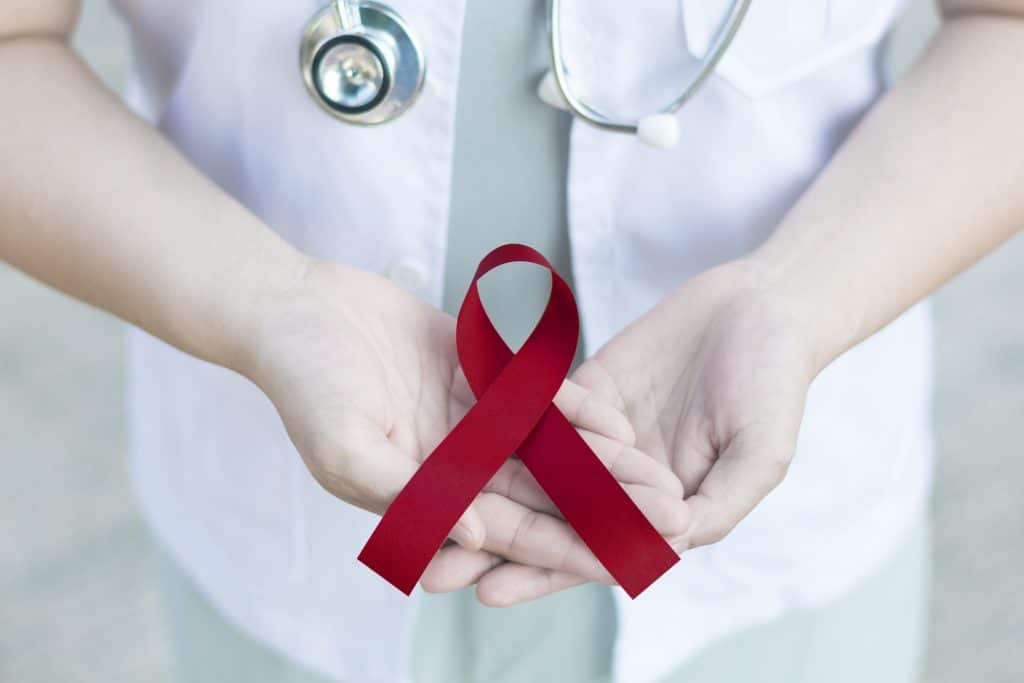
- Front two thirds of the tongue
- Teeth
- Gums
- Buccal mucosa (the lining of the inside of the cheeks)
- Floor (bottom) of the mouth under the tongue
- Hard palate (the roof of the mouth)
- Retromolar trigone (the small area behind the wisdom teeth)
Tobacco and alcohol use can affect the risk of lip and oral cavity cancer.
Having a risk factor does not mean that you will get cancer; not having risk factors doesn’t mean that you will not get cancer. Talk with your doctor if you think you may be at risk. Risk factors for lip and oral cavity cancer include the following:
- Using any tobacco products (chew, pipe, cigarettes….)
- Heavy alcohol use.
- Being exposed to natural sunlight or artificial sunlight (such as from tanning beds) over long periods of time.
- Being male.
Signs of lip and oral cavity cancer include a sore or lump on the lips or in the mouth.
These symptoms can be caused by lip and oral cavity cancer or by other conditions. Check with your doctor if you have any of the following:
- A sore on the lip or in the mouth that does not heal.
- A lump or thickening on the lips or gums or in the mouth.
- A white or red patch on the gums, tongue, or lining of the mouth.
- Bleeding, pain, or numbness in the lip or mouth.
- Change in voice.
- Loose teeth or dentures that no longer fit well.
- Trouble chewing or swallowing or moving the tongue or jaw.
- Swelling of jaw.
- Sore throat or feeling that something is caught in the throat.
Lip and oral cavity cancer may not have any symptoms and is sometimes found during a regular dental exam.
Two types of standard treatment are used:
Surgery
Surgery is a common treatment for all stages of lip and oral cavity cancer. Surgery may include the following:
- Wide surgical excision: Removal of the cancer and some of the healthy tissue around it (clear margin). If cancer has spread into bone, surgery may include removal of the involved bone tissue.
- Neck dissection: Removal of the lymph nodes and other tissues in the neck. This is done when cancer may have spread from the lip and oral cavity.
- Reconstructive surgery: A procedure that restores or improves the appearance of parts of the body. This may include dental implants, a skin graft from another part of the body or that of a donor, or other plastic surgery may be needed to repair parts of the mouth, throat, or neck after removal of large tumors.
After all visible signs of cancer are removed, some patients may be given chemotherapy or radiation after surgery to kill any cancer cells that are left. Treatment given after the surgery, to lower the risk that the cancer will come back, is called adjuvant therapy
